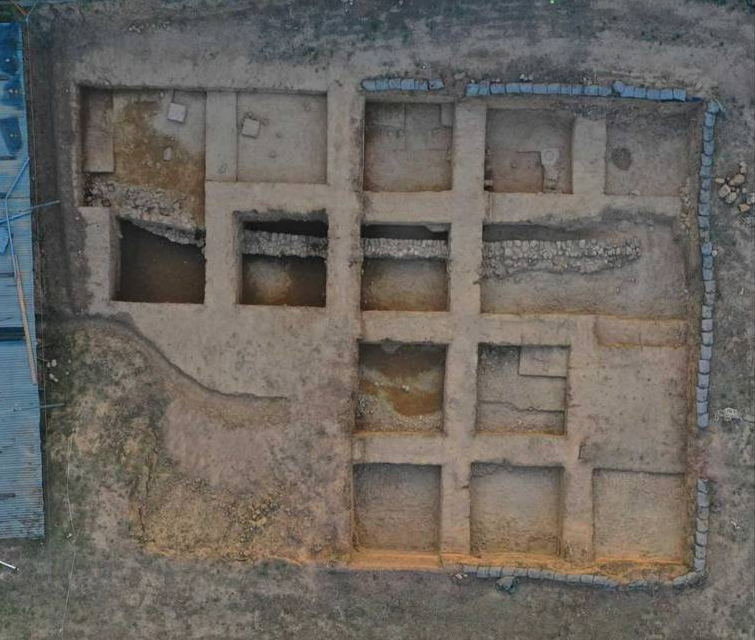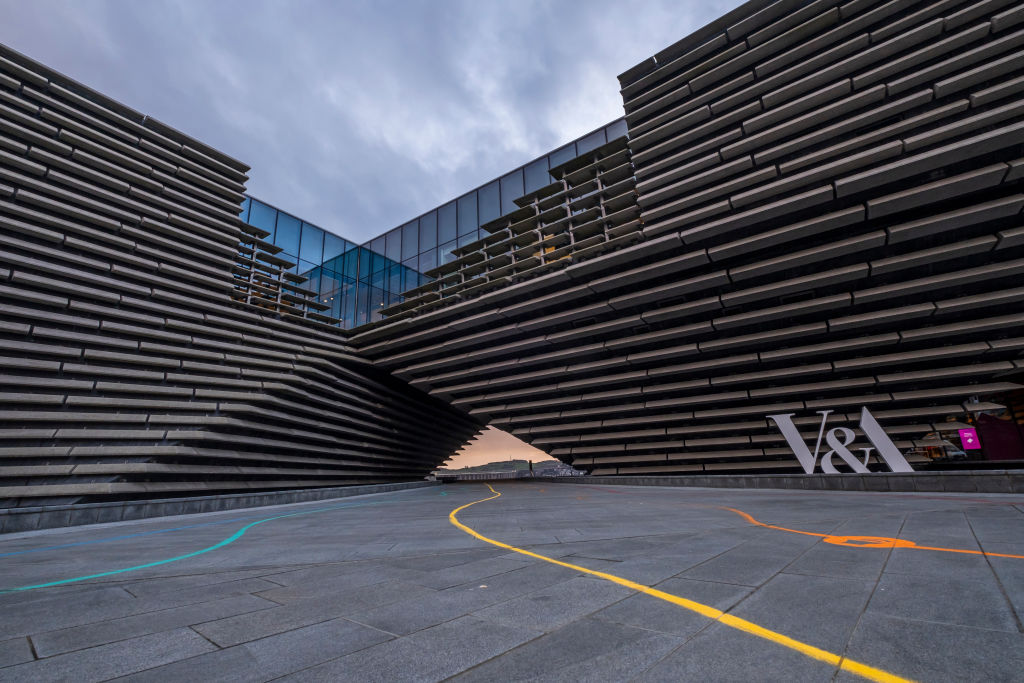Hammer Museum Names Essence Harden and Paulina Pobocha as Curators for 2025 Made in L.A. Biennial
The Hammer Museum in Los Angeles has named the two curators who will take on the next edition of its acclaimed biennial, Made in L.A. Scheduled to open in fall 2025, the seventh edition of the recurring exhibition will be curated by Essence Harden and Paulina Pobocha.
Harden is among the country’s most closely watched curators. They are a visual arts curator and program manager at the California African American Museum in LA and will also organize the Focus section at Frieze LA, which opens at the end of the month. Their curatorial credits include solo shows for Deborah Roberts, Helen Cammock, and Tatyana Fazlalizadeh, as well as co-curating the 2022 California Biennial, with Elizabeth Armstrong and Gilbert Vicario, at the Orange County Museum of Art.
Recently hired as senior curator at the Hammer, Pobocha has established her as an influential curator on the East Coast, having worked as a curator at the Museum of Modern Art in New York for the past 16 years. Among the exhibitions she has organized at MoMA are major solos for contemporary artists, including Guadalupe Maravilla, Rachel Harrison, Robert Gober, Claes Oldenburg, and Thomas Schütte, whose forthcoming retrospective will open in September.
Pobocha only moved to LA around a month ago, though she has visited more than a dozen times. “The city is foreign to me in a very real way,” she said. “Because Los Angeles is new to me, I’m interested in being here and learning about the city and learning about the art being made in the city. I’m coming at it with very few preconceived notions because I’m not from here.”
On the other hand, Harden, who focused their Ph.D. research on the LA-based artist collective Studio Z that was active in the 1970s, has been based in the city for the past nine years. “My whole curatorial world is very grounded in Los Angeles,” they said. “For me, LA is a type of grammar that I’m interested in: what are the signs and symbols that create the structure by which we come to understand the visual practices that happen here. That’s the guide that I use when I’m thinking of LA.”
Pobocha added, “I feel like we’ve found perfect partners in each other because Essence does know the landscape in a way that I do not. But, our methodologies and our academic training puts us in sync with one another. … I want the exhibition to get at what’s happening, what this work is about, and how does it relate to the other works that we will inevitably include.”
The two curators said they are still early in the process of conducting their research for the exhibition, which includes extensive studio visits across the city, often with emerging artists. One aspect of research Pobocha said she is interested in exploring is “the histories of Los Angeles” and “how much that is informing younger artists working today. One thing that is really particular about Los Angeles is that it’s such an art school city. There’s so many communities and genealogies because of those art schools.”
She added, “Whether we’re conscious of it or not, the history of the city and the history of these art schools come together in a pot to make the kind of art that we’re seeing today.”
While that area of research may or may not impact the exhibition’s theme and the selected works that go on view next year, Harden said they are both approaching the exhibition—and the city of Los Angeles itself—with a sense of openness. “While that is a fledgling idea that I have around how do I consider LA as we approach this, it’s still not defined or confined yet,” they said. “Right now, we don’t have a set of parameters or circumstances that are restricting us. We’re open to just seeing where LA lands. Because Made in L.A. is so time specific often—what is the snapshot in this precise moment as these two people in their own interest as curators—we are excited to approach it in that way.”
Pobocha agreed, “There’s definitely no theme that we’re coming with or a ‘I want to prove this about Los Angeles.’ My training has always been that you start with the art object and see what it tells you. We’re looking at the work, not coming to it with any points to prove, other than the fact that this is a vital city with a lot of incredible artists working here.”
Harden said that because Made in L.A. has been so impactful to the city’s art scene, and its recognition outside of the scene, they are thinking about how the exhibition can be impactful and add to LA’s own art history by presenting a slice of what is being made in greater Los Angeles right now.
Harden added, “The city is gigantic. There are so many artists making work here. There is no way you’re going to show even 10 percent of what happens here.”



